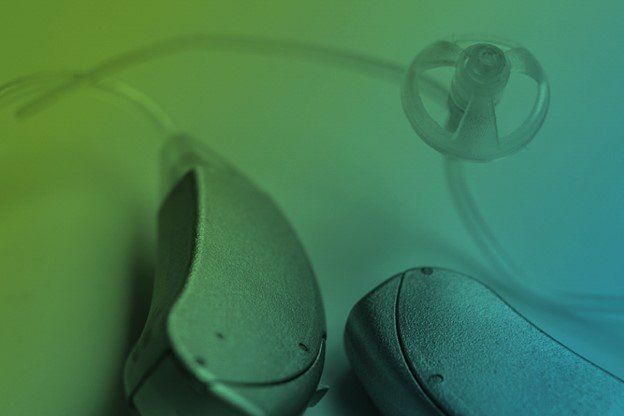What is a Stay-Dri hearing aid dehumidifier?
A hearing aid dehumidifier is a sealable jar containing a disc of desiccant crystals. The desiccant crystals will remove any accumulated moisture from your hearing aid and battery.
Why should I use a dehumidifier?
Moisture is one of the most common causes of hearing aid failure. Nightly use of a hearing aid dehumidifier will ensure better performance from your hearing aid and battery, and it will reduce the likelihood of your hearing aid needing repair.
How much does a dehumidifier cost?
Your first Stay-Dri hearing aid dehumidifier will cost $10. If you need to replace the disc in the future, the cost is $7.
How often should I use my dehumidifier?
The best results will be obtained if you use your dehumidifier every night.
Do I need to remove the battery before putting my hearing aid in my dehumidifier?
Batteries work best at an ideal humidity level. Putting the battery in the dehumidifier will remove accumulated moisture from the battery as well as the hearing aid.
How should I store my hearing aid in my dehumidifier?
Open the battery door and set the hearing aid on the disc. Ensure the jar is tightly sealed. The plastic wrapping should no longer be on the disc.
The desiccant beads in my dehumidifier are changing colour. What does this mean?
When the desiccant beads are a bright yellow-orange colour, it means that the beads are still able to absorb moisture from the hearing aid and battery. Over time, as the beads absorb moisture, they change to a dark green or black colour and this means that the beads are saturated and may no longer be able to absorb moisture from the hearing aid and battery. By recharging the dehumidifier, the beads will return to a yellow-orange colour and be able to absorb moisture again.
How do I recharge my dehumidifier?
The disc should be removed from the jar and placed in the microwave for 30 to 60 seconds on high power. If you have a powerful microwave, start with a 30-second duration. Steam will escape from the disc after heating. Allow the disc to cool completely (usually within 15 minutes). If all the crystals have not turned yellow-orange, put the disc in for another 30 seconds. Repeat one more time if the beads are still not yellow-orange. If the beads do not eventually change back to a yellow-orange colour, the disc may need to be replaced.
How often do I need to recharge my dehumidifier?
It will depend on the amount of moisture in your hearing aid and on your battery. Some people need to recharge their dehumidifiers weekly, and others need to recharge their dehumidifier every few months.
How long will my dehumidifier last?
A disc will typically last one to two years or longer, depending on how often it needs to be recharged.
Please call us at (780) 900-5011 if you have any questions or concerns.









